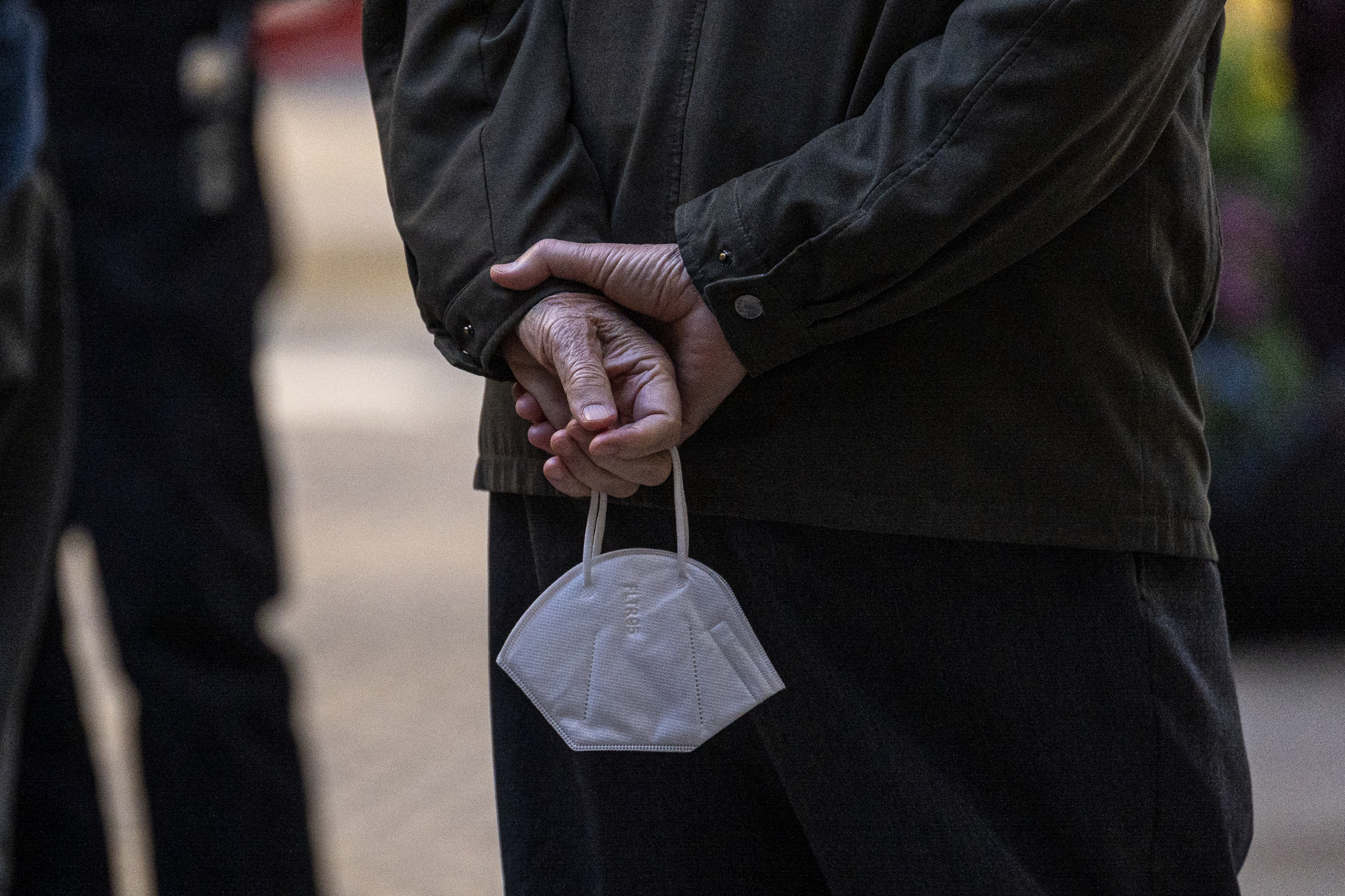When the COVID-19 pandemic first started, there were so many unanswered questions. Now more than two years in, there are still a lot of mysteries surrounding the ever-evolving virus.
The newest subvariant, BA.5, is more contagious than ever. The Centers for Disease Control and Prevention said it is the dominant variant in the U.S. The subvariant appears to be resistant to both the vaccine and immunity.
That means someone who has been boosted or has recently had COVID-19 still does not have protection. It’s why the CDC recommends masking indoors again.
With the virus evolving so quickly, and no more get-out-of-jail cards, COVID-19 will be with us for quite some time. According to a new study out of the Yale School of Medicine, an endemic phase is on the way, but probably not until 2024.
Get Tri-state area news and weather forecasts to your inbox. Sign up for NBC New York newsletters.
COVID has upended lives for more than two years now.
“The emotional toll on all of us has been high,” Dr. Caroline Zeiss, professor of Comparative Medicine at Yale School of Medicine, said.
Dr. Zeiss and her team looked into when we can expect the pandemic to transition to an endemic.
"I think this is a question that everybody has in their mind, is, when can we go back to normal?” she said.
The researchers studied how a mild virus similar to COVID-19 impacts rats, then used models to create a timeline. The findings were published Tuesday in the journal PNAS Nexus.
“We used this model to predict many, many different scenarios, and ended up with a median of about two years from now that it will become endemic,” Dr. Zeiss said.
Things like the common cold and the flu are endemic: everyone gets them now and then, but they are not particularly harmful.
However, Dr. Zeiss said, unlike a cold, COVID-19 requires extra caution.
“We accepted that we would get a cold every year. This is going to become like that, eventually, we think,” Dr. Zeiss said. “However, the disease is still quite pathogenic. There's still a caveat, that for susceptible people, the virus could still be deadly.”
Separate research also made public Tuesday before peer review shows there is ongoing risk, indicating that reinfection rates increase the likelihood a person will face new or lasting health problems.
Researchers compared records for 250,000 patients who have had COVID once with 38,000 others who have been infected twice or more.
They found that compared to people who have had a single infection, those with multiple cases had three times the risk of hospitalization within six months of their last infection.
They had twice the risk of dying.
Those patients also had higher risks for lung and heart problems, neurological problems, diabetes, digestive and kidney disorders, and fatigue.
As the new dominant subvariant BA.5 brings the most contagious mutation of COVID-19 yet, Dr. Zeiss said high transmissibility moves the United States closer to an endemic state. However, she said, that transition only successfully happens in a population protected by the vaccine.
“In this country, we're currently not in a lockdown situation, people are freely moving around. We're all getting it, we're all being exposed to it, a lot of people are turning up positive,” Dr. Zeiss said. “That is amplifying the immunity that we have from our vaccination. So the combination of the two is very important. If we were not vaccinated, we would be seeing a lot of illness, and a lot of death."
With the rise of subvariants like BA.5, the Food and Drug Administration has directed vaccine makers to begin working on boosters that specifically target omicron for the fall.



